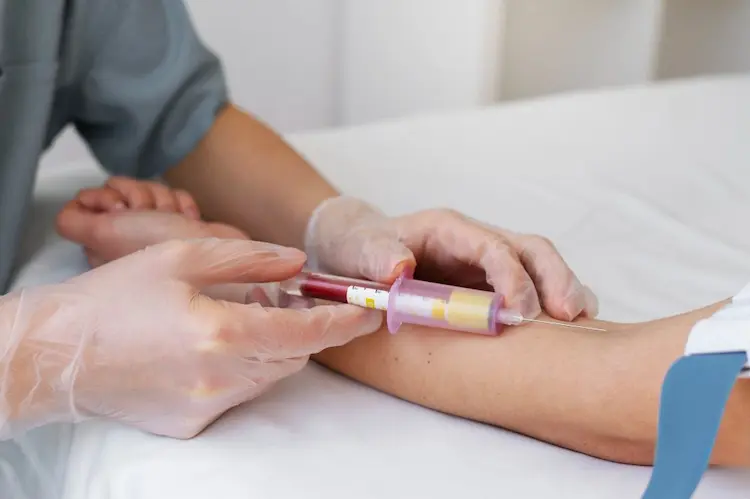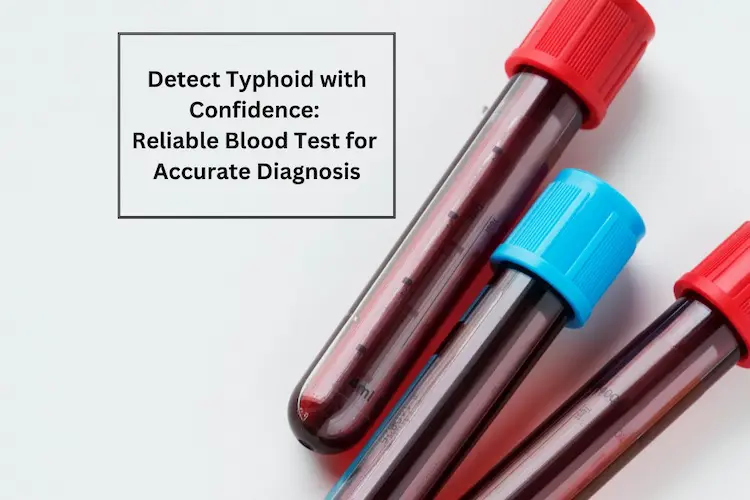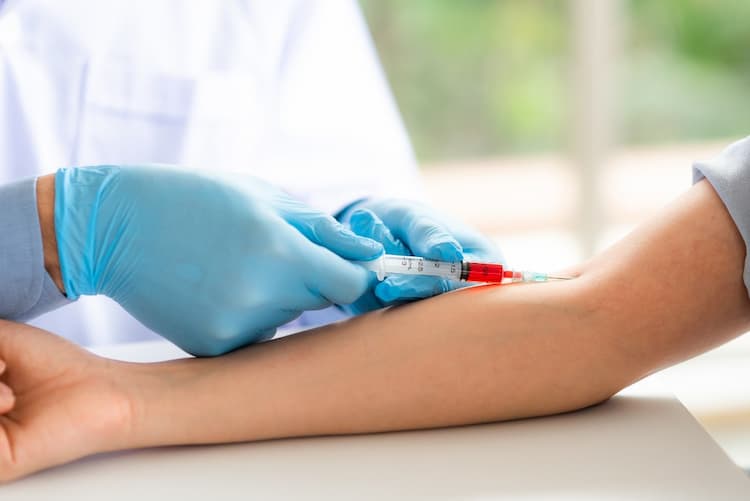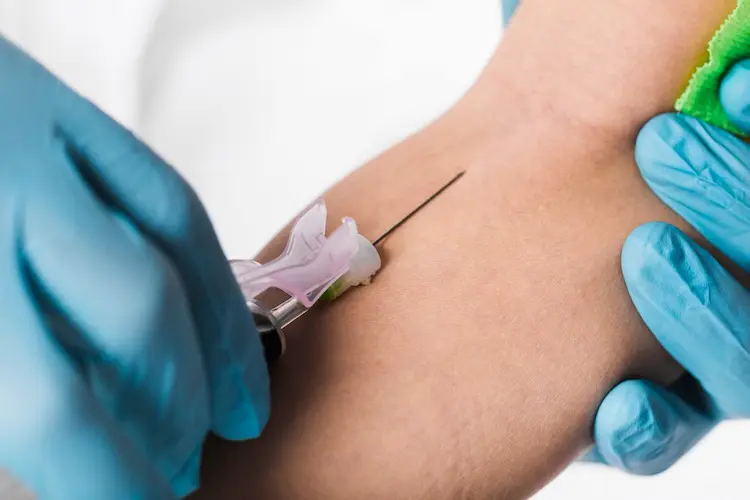T-Cell Count: Its purpose, procedure, and risks

Medically Reviewed By
Dr Divya Rohra
Written By Prekshi Garg
on Jun 28, 2022
Last Edit Made By Prekshi Garg
on Mar 18, 2024
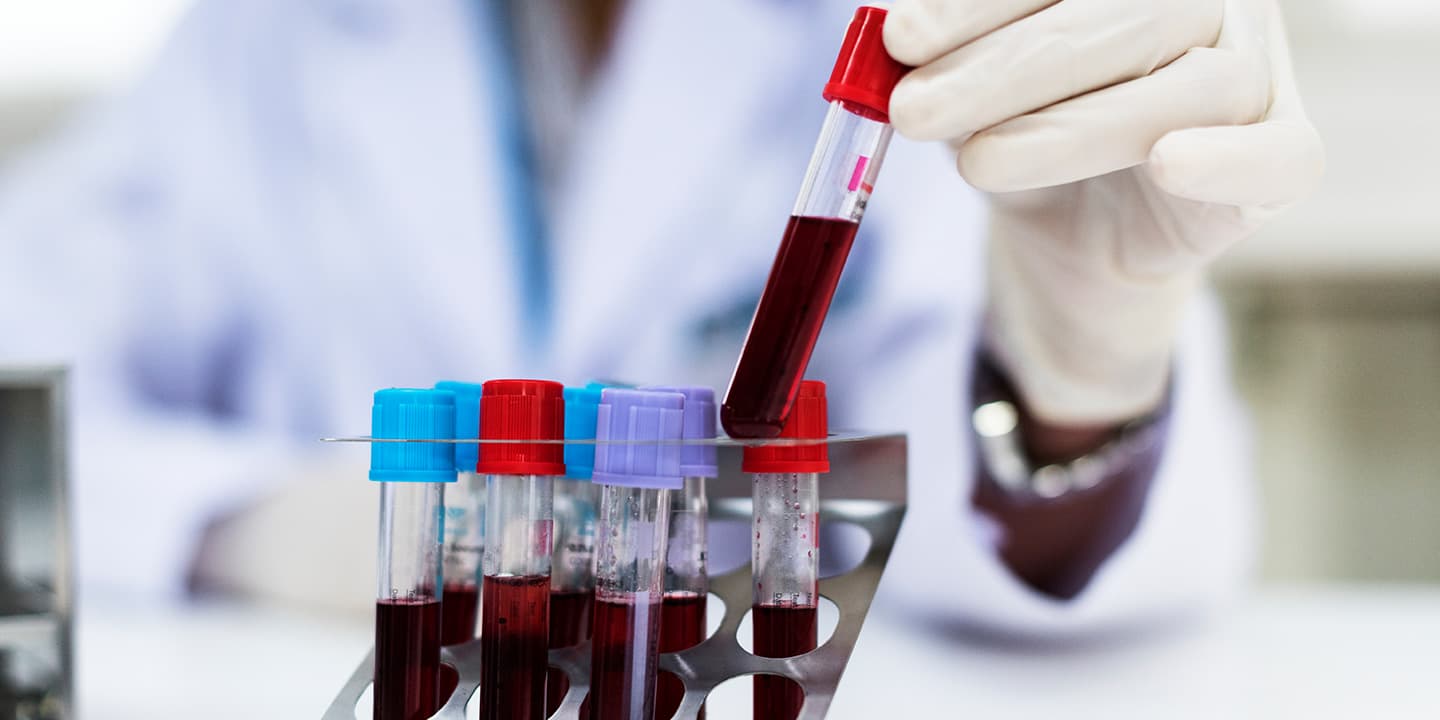
Our immune system is the defence mechanism in the body that fights against diseases, infections, and underlying foreign bodies in the body. T-cells are an integral part of our immune system that develops our body’s bone marrow.
The primary object of a T-cell is to protect our body against foreign antigens that attack our body’s cells and tissues. They stand for thymocyte, hence the name T-cells.
Understanding what is TC in blood test is crucial if you are experiencing symptoms that signify a risk of infection or other chronic conditions.
This article will discuss more about the T-Cell count, its purpose, and the procedures involved in the test.
What is the T-Cell Count?
T-cell count in the body is done as a routine blood test under the Complete Blood Count (CBC) to measure the concentration of T-cells in the blood.
T-cell is a type of lymphocyte that fights off infections, so excess or even reduced levels of the same can indicate an active infection or undiagnosed disease in the body.
Unlike B-cells, which are responsible for directly attacking the bacterial infection in the body and destroying them, T-cells support the immune function of the other cells, optimizing the overall immunity of the body.
When does one need a T-Cell Count?
Knowing what is TC test in blood should give you a fair idea of why this test is so important. Besides helping with a clear diagnosis of any underlying complication, the T-cell count result also enables a patient to get a diagnosis for other severe conditions like autoimmune disorders, etc.
But, when should you consider getting a T-cell count done?
The following symptoms or instances call for the test:
- Recurrence of infections
- Severe infections in the body that shouldn’t be of such extreme levels
- Poor recovery capacity
- Not responding to the treatments for infection
- Recurring fungal or parasitic infections.
Your doctor will need to monitor your T-cell count as part of the CBC test reports. Generally, the same is a routine blood test, so your doctor might prescribe them after listening to the symptoms that you are experiencing.
How is the T-Cell Count Done?
The T-cell blood test is done as a regular screening. As mentioned, the test reports are done as part of the CBC profiling.
Although there aren’t many restrictions to this blood test, a few drugs often interfere with the overall results of the test. So, you might have to inform your doctor and the lab technician about the medications you are taking before giving the blood sample.
Some of the common medications/drugs that interfere with the T-cell count include:
- Chemotherapy drugs,
- Corticosteroids,
- Radiation therapy,
- Anti-rejection drugs (immunosuppressants).
Besides that, a recent surgical experience or high levels of chronic stress can also affect the T-cell count in the body.
As for the procedure of the T-cell count test, it is quite simple and straightforward:
- The phlebotomist starts by prepping your arm by cleaning the skin with some rubbing alcohol to reduce the risks of infections later.
- Once done, an elastic band is tied around the upper arm, and a sterile needle is inserted into the vein in the arm to draw the blood sample.
- Once the required amount of blood sample is collected, it is transferred to a test tube and sent for further evaluation.
- You might apply a band-aid on top of the injection site to reduce the risks of infection.
Interpreting the T-cell Count Results
If you are wondering what is TC in blood test normal range, it is considered to be between 500 and 1,600 T cells/mm3. Anything below or above the normal range indicates unrest in the body that needs immediate medical intervention or further testing.
| Level of T-cell Count | Range | What it means? |
| Low T-cell count | Less than 500 T-cells/mm3 | -Viral infection
-Immunodeficiency disorder -Radiation exposure -HIV or AIDS -Cancer (blood or lymph node) -Congenital complications -Aging |
| High T-cells count | More than 1,600 T-cells/mm3 | -Infectious mononucleosis
-Acute lymphocytic leukemia -Multiple myeloma -Genetic disorders |
Now that you know what is normal TC in blood test and the high and low levels, you should be able to decipher what possible complications you are experiencing.
Depending on the test results, your doctor might either prescribe further testing to reach a conclusive diagnosis, or they might put you on the required treatment regimen to correct the underlying complications.
FAQs
What is the normal range of TC and DC?
Total and Differential Leukocyte count is part of the complete blood count analysis. The normal range of the same is between 4000 - 11000 cells/ cumm.
What are TC DC and ESR?
The TC, DC, and ESR analyze the total and differential leukocyte count levels and the erythrocyte sedimentation rate in the blood. The tests are done to assess the general health of the patient.
What is the normal T-cell value in blood?
The T-cell level in the blood should be between 500 and 1,600 T cells/mm3 for a healthy individual.
Conclusion
We hope this article clarifies your doubts regarding what is meant by TC in blood test and what it signifies about the overall health. If you are experiencing any recurring symptoms, discuss them with the doctor to get a comprehensive diagnosis and the treatment before things take a turn for the worse.
